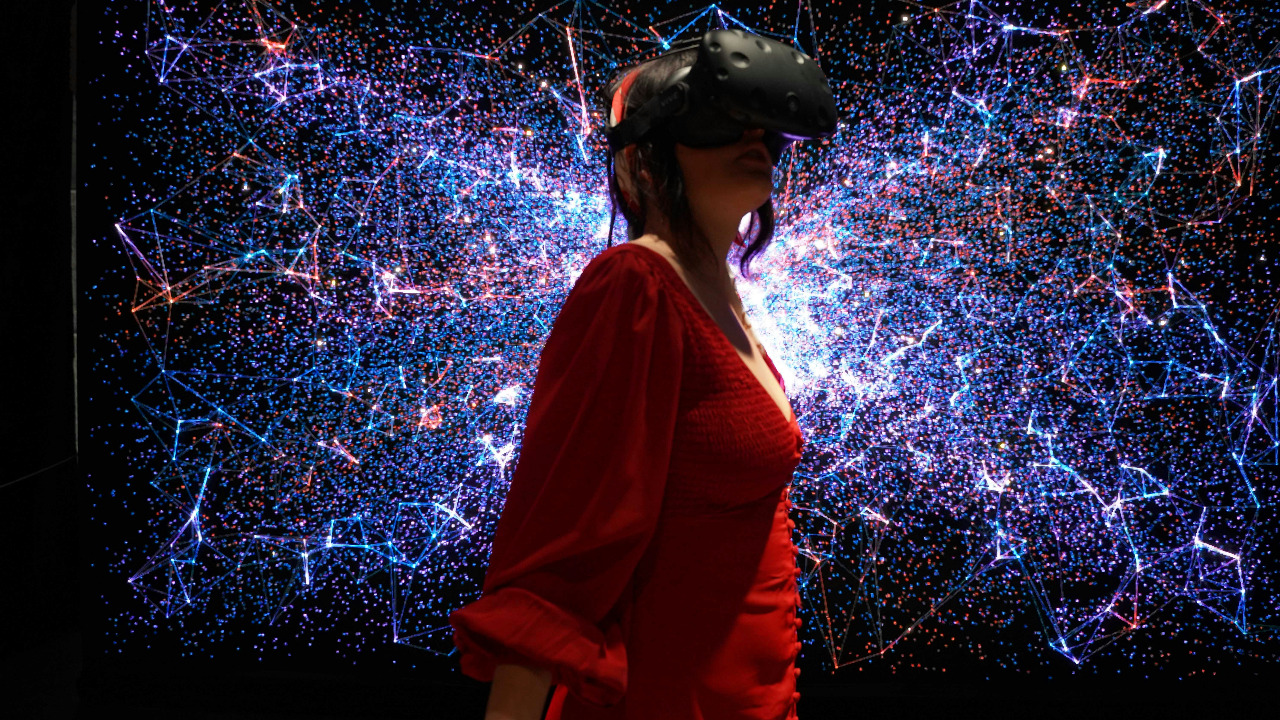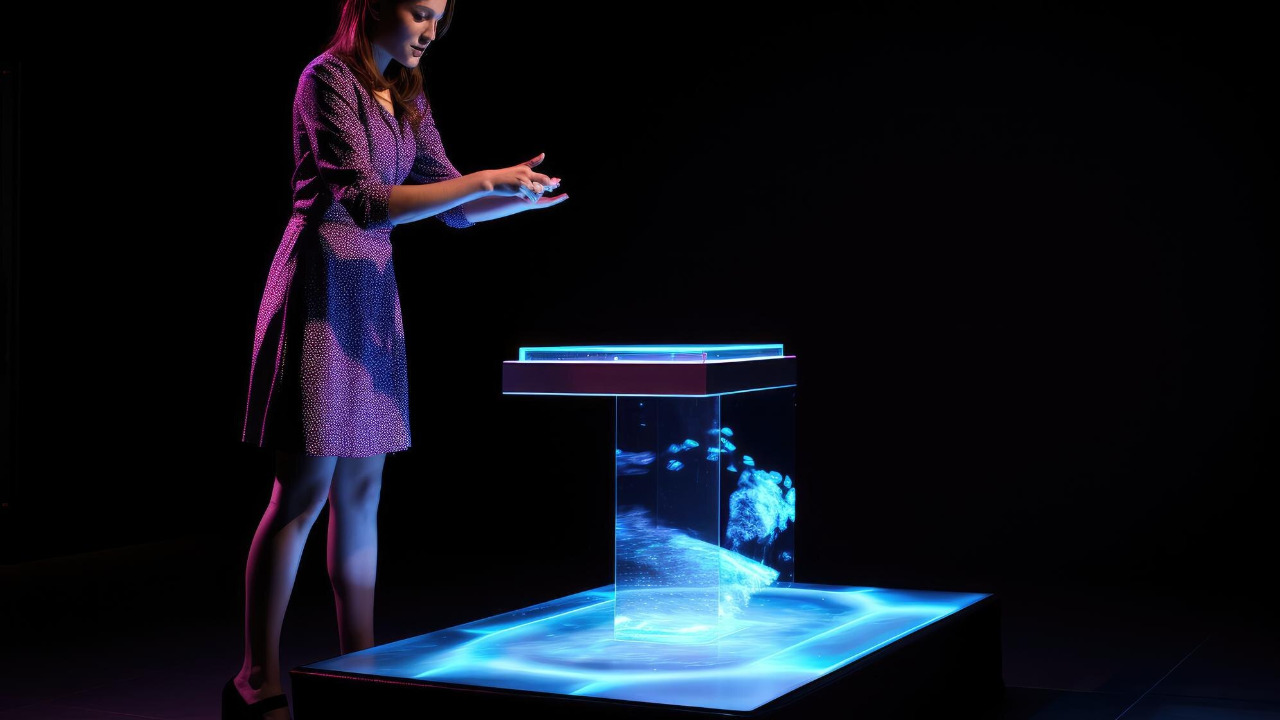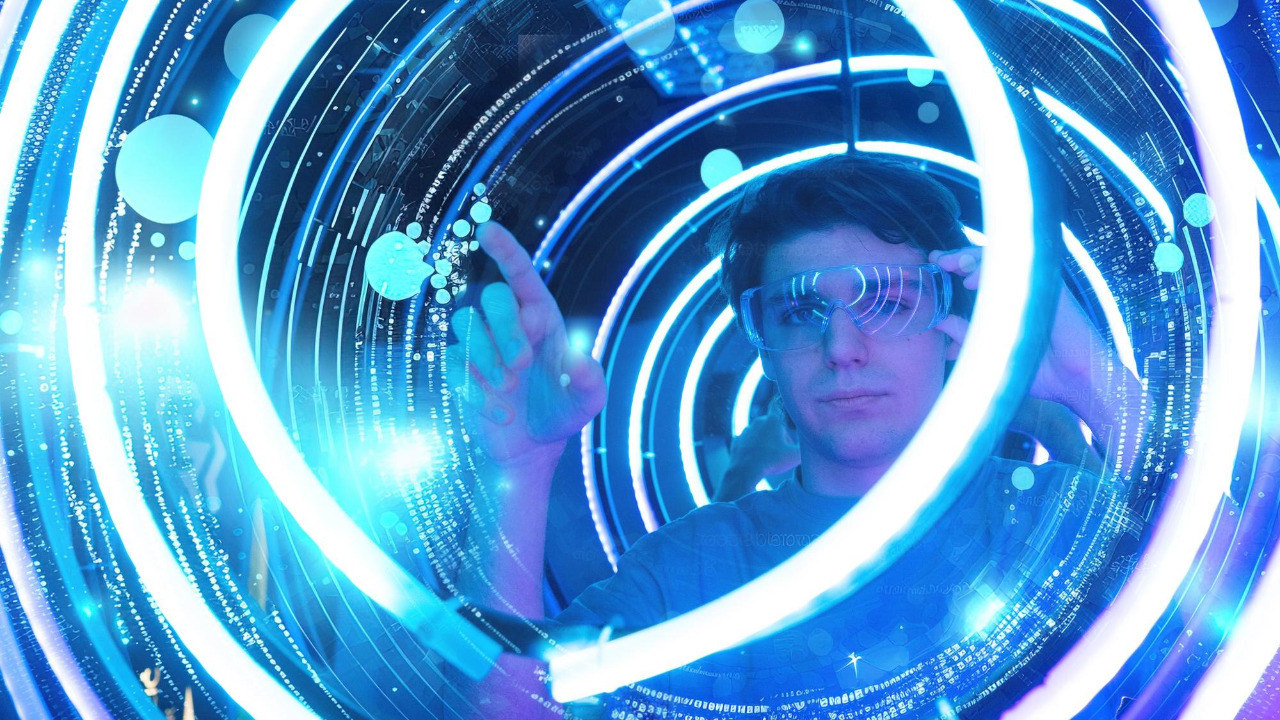
As technology evolves, the way we interact with digital content is undergoing a significant transformation. Holograms, once a staple of science fiction, are now becoming a viable alternative to traditional screens. With their ability to offer a more immersive experience, they are poised to change the way we consume and interact with information across various sectors.
Immersive User Experience

Holograms offer an immersive user experience that traditional 2D screens simply can’t match. Unlike flat displays, holograms create a three-dimensional space where users can interact with digital objects as if they were part of the real world. This capability is particularly beneficial in fields such as education and gaming, where a more engaging and realistic environment can enhance learning and entertainment.
For instance, consider the use of holographic technology in educational tools like anatomy lessons, where students can virtually dissect a human body without the need for physical specimens. This level of interactivity and realism can make learning more effective and enjoyable.
Enhanced Visualization Capabilities

Holograms enhance visualization capabilities by providing a 360-degree view of objects. This is especially useful in fields like architecture and engineering, where professionals can visualize complex structures from all angles. By using holograms, designers can present their ideas in a more comprehensive manner, allowing stakeholders to better understand and interact with the project.
In medicine, holographic imaging can provide surgeons with detailed 3D models of organs or tumors, enabling them to plan and execute procedures with greater precision. Such advancements underscore the potential of holograms to improve accuracy and outcomes in critical applications.
Space-Saving Technology

Holograms are inherently space-saving, as they don’t require a physical screen to display images. This can revolutionize how we think about display technology in homes and offices. Imagine a conference room where presentations are projected in 3D, eliminating the need for large monitors or projectors.
With real estate prices soaring, utilizing space effectively is more important than ever. Holograms can transform small living areas into versatile spaces, offering entertainment and information without the clutter of traditional screens.
Interactive and Engaging Features

One of the most compelling reasons holograms are gaining popularity is their interactive nature. Unlike traditional screens, which can be passive, holograms invite users to engage with content in a dynamic way. This interaction can be seen in retail environments, where customers can interact with 3D product displays, providing a more personalized shopping experience.
In museums, holographic exhibits allow visitors to walk around and interact with historical artifacts as if they were present in the room. This level of engagement can make learning about history or science more captivating and memorable.
Versatile Applications Across Industries

The versatility of holograms allows them to be applied across a wide range of industries. From healthcare to retail, and entertainment to education, the potential applications are vast. In healthcare, holograms can assist in diagnostics and surgical planning, while in retail, they can create immersive shopping experiences.
In the automotive industry, companies are using holographic displays to enhance driver information systems, providing navigation and safety data in an intuitive manner. This cross-industry versatility highlights the broad impact holograms could have on our daily lives.
Advancements in Holographic Technology

Recent advancements in holographic technology have made it more accessible and cost-effective. Companies like Meta are investing heavily in holographic research, with visions of a future where physical screens become obsolete.
These advancements are driving down costs and improving the quality of holographic displays, making them a practical alternative to traditional screens. As technology continues to evolve, we can expect even more breakthroughs that will further integrate holograms into our everyday lives.
Reduction in Eye Strain and Fatigue

One of the lesser-known benefits of holograms is their potential to reduce eye strain and fatigue. Traditional screens often cause discomfort due to their backlighting and limited depth perception. Holograms, on the other hand, offer a more natural viewing experience by mimicking how we perceive objects in the real world.
By providing depth and reducing the need for constant focus adjustments, holograms can alleviate some of the common issues associated with prolonged screen use. This could be particularly beneficial in professional settings, where employees spend long hours in front of screens, potentially improving productivity and wellbeing.